Kneaded celadon Akebono tea bowl by Suwa Sozan
Kneaded celadon Akebono tea bowl by Suwa Sozan
Couldn't load pickup availability
Width: 13.9cm Height: 6.4cm
I. Work summary
This piece, the "Nerikomi Seiji Akebono Tea Bowl," was inspired by the famous phrase "Spring is the dawn" at the beginning of "The Pillow Book." It is a matcha bowl created using the "nerikomi" technique, in which five colors of porcelain clay - white porcelain, celadon, indigo blue porcelain, red porcelain, and yellow porcelain - are layered and ground in one go on a potter's wheel. As the darkness of night fades and the sky changes from ultramarine to pink and then to a faint golden color - this instantaneous change in color is reflected on the surface of the bowl in a layered gradation, bringing the feeling of "dawn" to the tea ceremony.
II. Shape and form
Curved rim
The rim is slightly curved outward, so it does not hinder the movement of the tea whisk and is smooth on the lips. The pale indigo layer running along the rim suggests the deep ultramarine color just before dawn.
Shallow spreading prospects
The inside of the glass is shallow, and the kneaded pattern gently converges towards the bottom. When matcha is poured into the glass, the green liquid surface is reminiscent of the first sun rising into the dawn sky, creating a vivid contrast of colors.
Lightweight Heights
The base is carved low and flares outward slightly. It feels stable when held in the palm of your hand, and is both light in appearance and practical. A layer of yellow porcelain peeks out from the side of the base, suggesting a golden streak of dawn.
III. The kneading technique and glaze tone - the depth of the layers that hold the color of "Akebono"
Layered Structure of Five-Colored Porcelain Clay <br data-start="650" data-end="653">White porcelain, celadon, blue porcelain, red porcelain, and yellow porcelain are rolled out in that order into plates, then stacked dozens of times and rolled into a cylinder, which is then shaped on a potter's wheel as a core of clay. As the clay rotates, the layers form a spiral, and stripes like the bands of clouds floating in the dawn sky appear spontaneously. No two tea bowls have the same appearance.
A veil of transparent celadon glaze <br data-start="790" data-end="793">After shaping, the entire surface is covered in highly transparent celadon glaze and then reduced-fired. The glaze layer acts as a glassy membrane that envelops the internal layered pattern and creates a faint, misty blur when exposed to light. The celadon layer suggests the afterglow of the night, the red layer the rose hue of dawn, the yellow layer the sunlight that is just beginning to shine through, and the white porcelain layer softly melts everything together.
The feel of the glaze surface <br data-start="950" data-end="953">The glaze surface is smooth and smooth, and feels as if it clings to your fingertips. Along with the visual gradation, the tranquility of the texture soothes the mind through the palm of your hand.
Ⅳ. Functional beauty and arrangement at tea ceremonies
| season | Recommended main dessert | Synergistic effect with tea bowls |
|---|---|---|
| early spring | Cherry potato and plum blossom jelly | The crimson layer is reminiscent of spring haze and softly accentuates the pale pink of the confectionery. |
| summer | Water peony, young sweetfish | The celadon and blue porcelain layers emphasize the cool feeling and bring out the refreshing taste of the transparent confectionery. |
| autumn | Moon Viewing Dumplings and Kikujido | The yellow porcelain layer suggests the light of the harvest moon, deepening the charm of long autumn nights. |
| winter | Yuzu Mochi/Yukihira | The white porcelain layers evoke a snowy landscape, while the green of the matcha highlights the signs of life. |
Harmony with Matcha <br data-start="1335" data-end="1338">The vivid green of the matcha emerges from the five-colored layers, creating a visual effect as if "spring buds" have appeared inside the tea bowl.
Lighting Effects <br data-start="1409" data-end="1412">When illuminated by the warm light of lanterns or candles, the red and yellow porcelain layers glow softly, while the blue porcelain layer deepens the pre-dawn silence. The mysterious scenery is particularly striking in the evening seating.
V. Literary background and significance of the design
"The Pillow Book" and "Akebono"
Sei Shonagon's painting "Akebono" is a momentary feast of colors where darkness and light intertwine. Suwa Sozan IV has translated these words into layers of porcelain clay, attempting a new expression of celadon that crosses the boundaries of literature and ceramics.
The development of Nerikomi Celadon
The "Sozan Celadon" established by the first Sozan Suwa was a monochromatic jade color, but the fourth generation expanded the possibilities of celadon by incorporating color and rhythm through multi-layering. The five-color kneading is rare even within the Suwa family, and requires a high level of balance between color design and firing management.
The Challenge of the Yellow Magnet Layer
Yellow porcelain is prone to oxidation and develops color easily, but it is also difficult to make because it easily loses color when fired in reduction. In this work, trace amounts of iron and titanium are added to the kaolin, creating a mixture that maintains a pale lemon yellow color even when fired in reduction. The complementary color relationship with the indigo layer makes the brilliance of "Akebono" stand out even more.
Ⅵ. Artist profile and creative approach
The 4th Suwa Sozan (born in Kyoto in 1970) was trained by the 3rd Suwa Sozan and the 12th Nakamura Sotetsu , a lacquer artist, and took over the name in 2002. Based on his research into celadon, he uses a variety of techniques such as hotarude, tobiseiji, and nerikomi celadon, and upholds the philosophy that "a piece should have a story and be completed in harmony with the user's heart." This tea bowl is imbued with the desire to entrust the "infinite possibilities hidden between night and morning" to the palm of your hand, and to bring a breath of spring to the moment of tea ceremony.
VII. Conclusion
The "Nerikomi Seiji Akebono Tea Bowl" is a masterpiece that recreates the spring dawn depicted in "The Pillow Book" on a vessel, embracing the tranquil jade-colored celadon with the indigo evening, the crimson twilight, and the yellow morning light. It embodies dignity and elegance rather than extravagance, and when matcha is poured into it, the green light paints the dawn sky. This work, which is the culmination of the refined sense of form and the Nerikomi technique of the fourth generation Suwa Sozan , brings the changing of the seasons and literary emotion to the tea ceremony, and will surely bring a gentle hope and a breath of new life to the hearts of those who see it.
Share
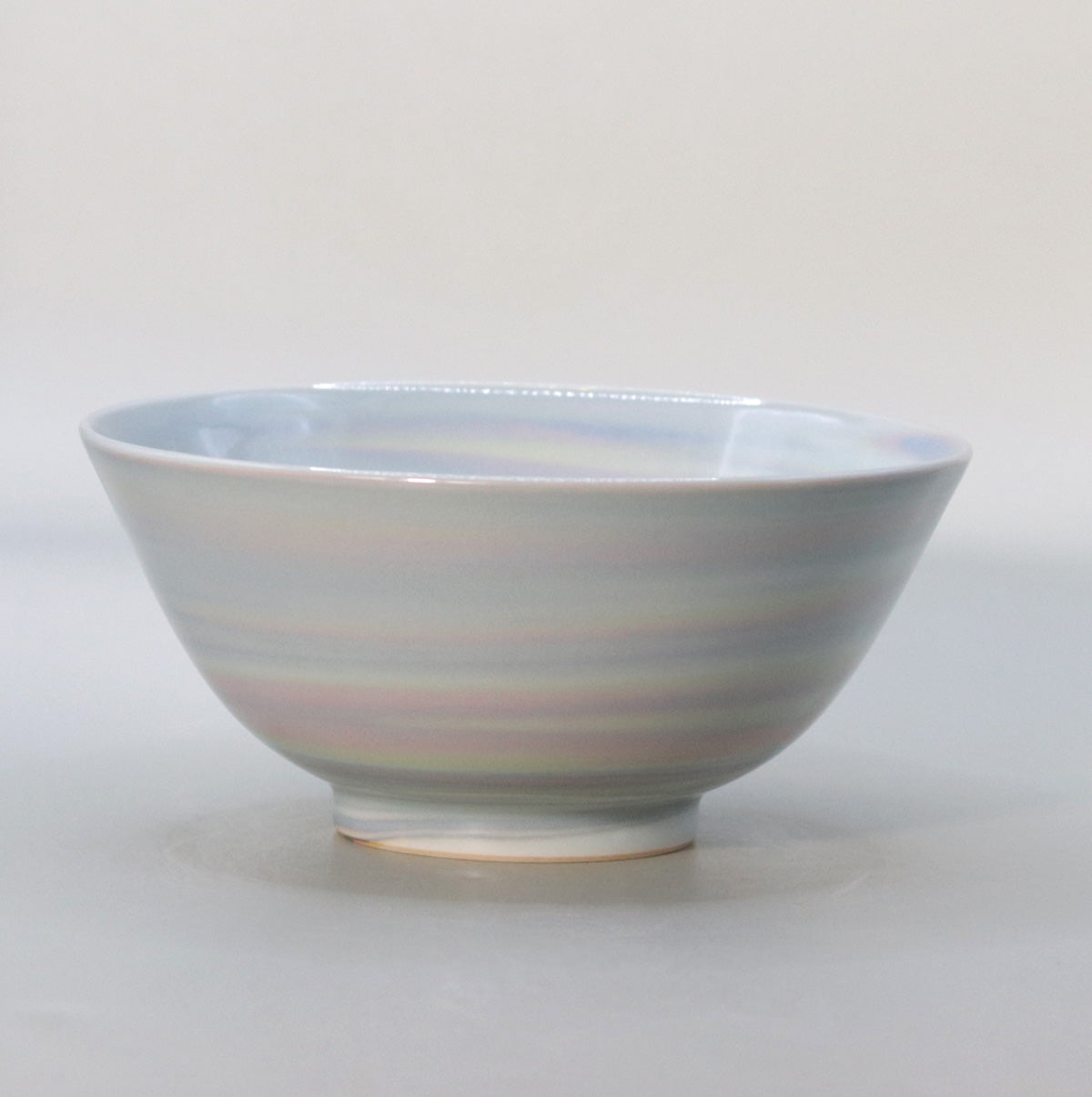

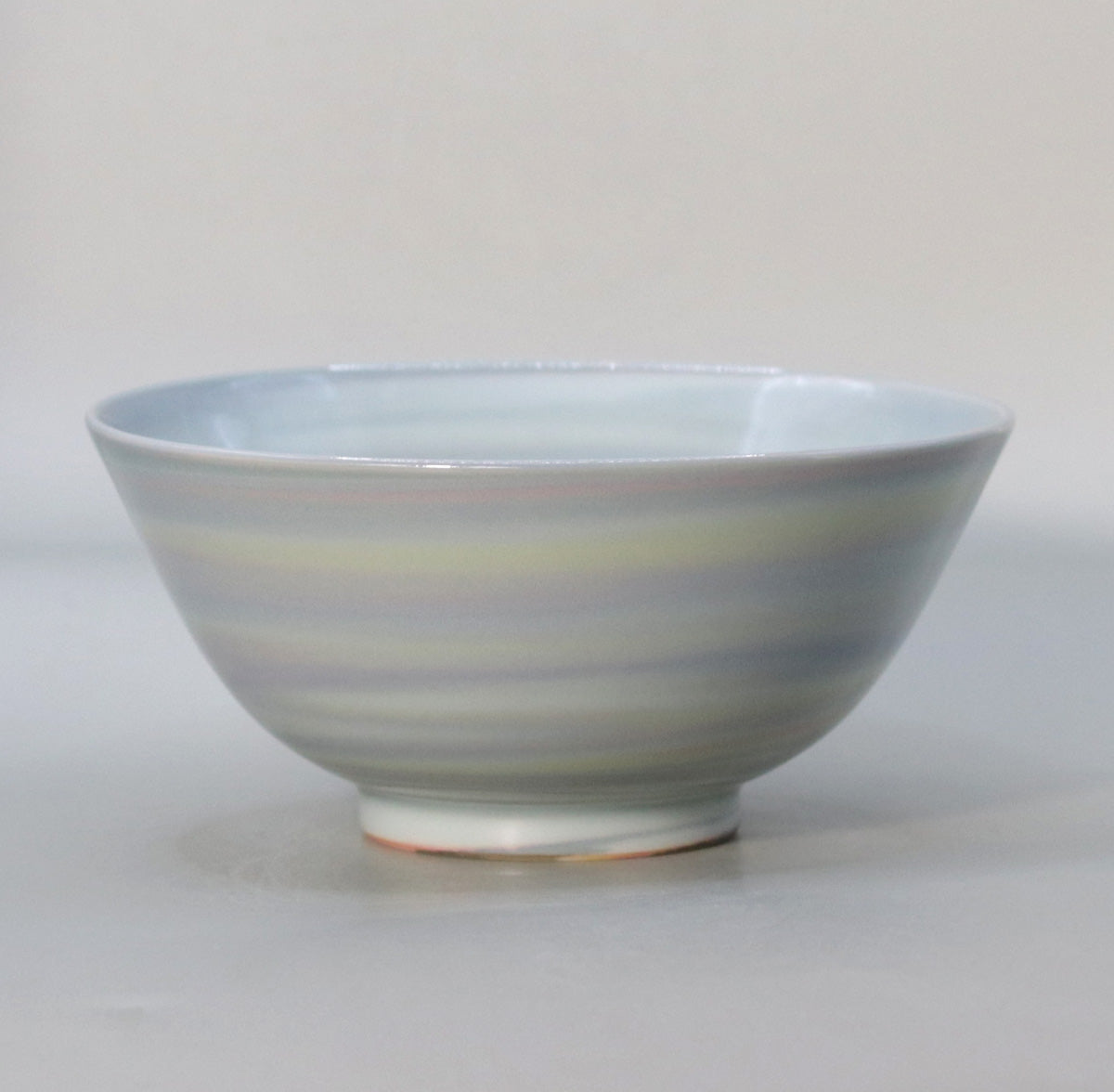
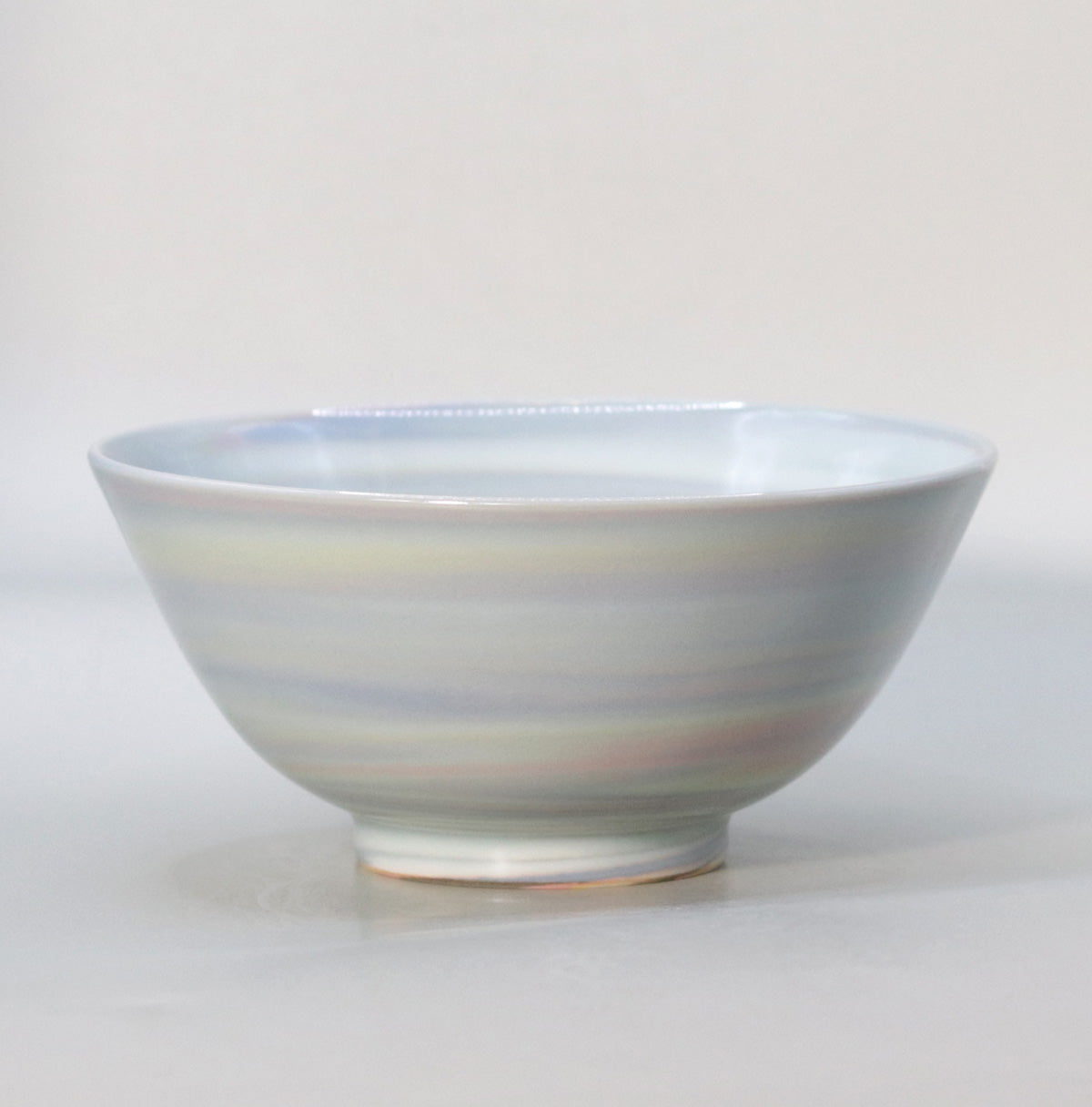
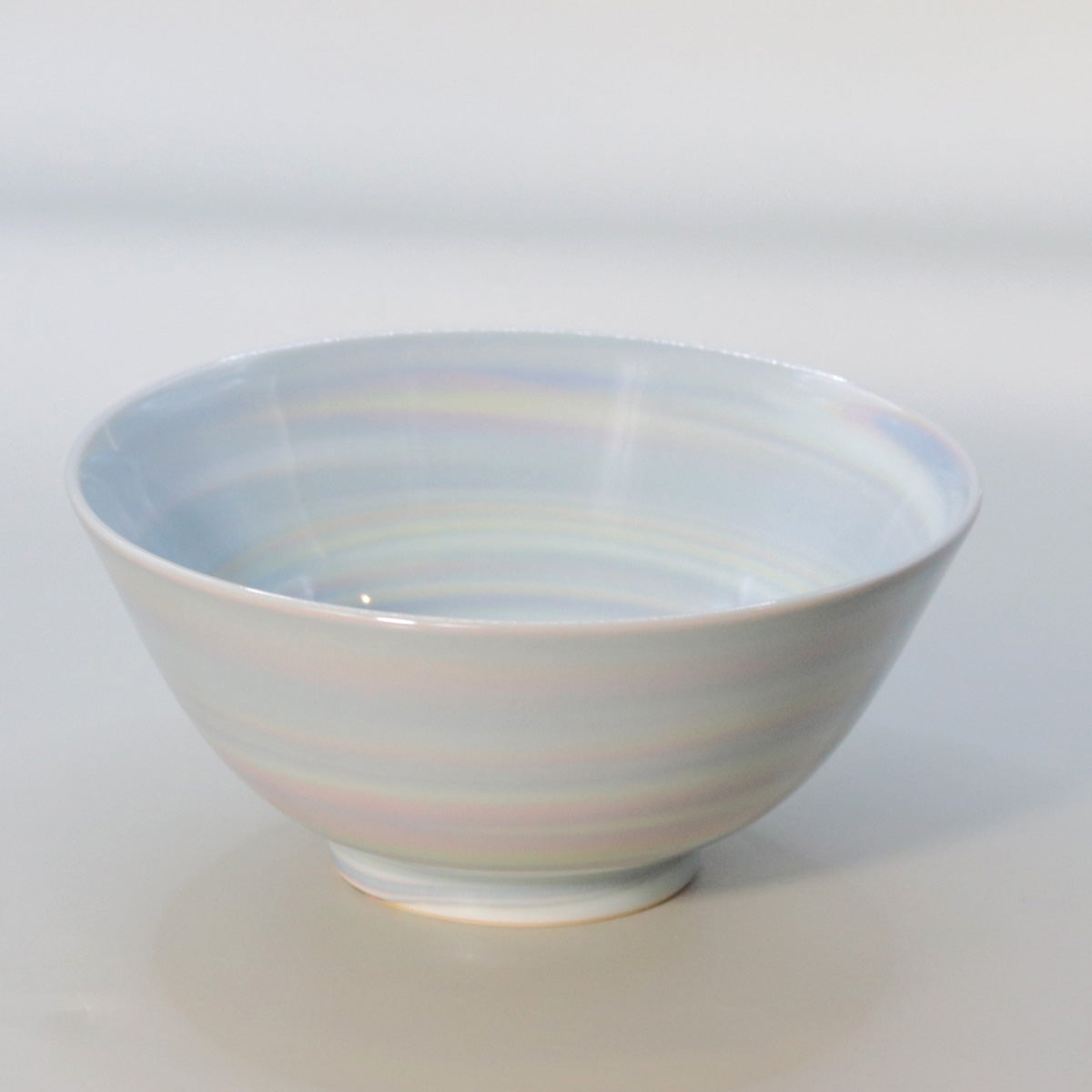
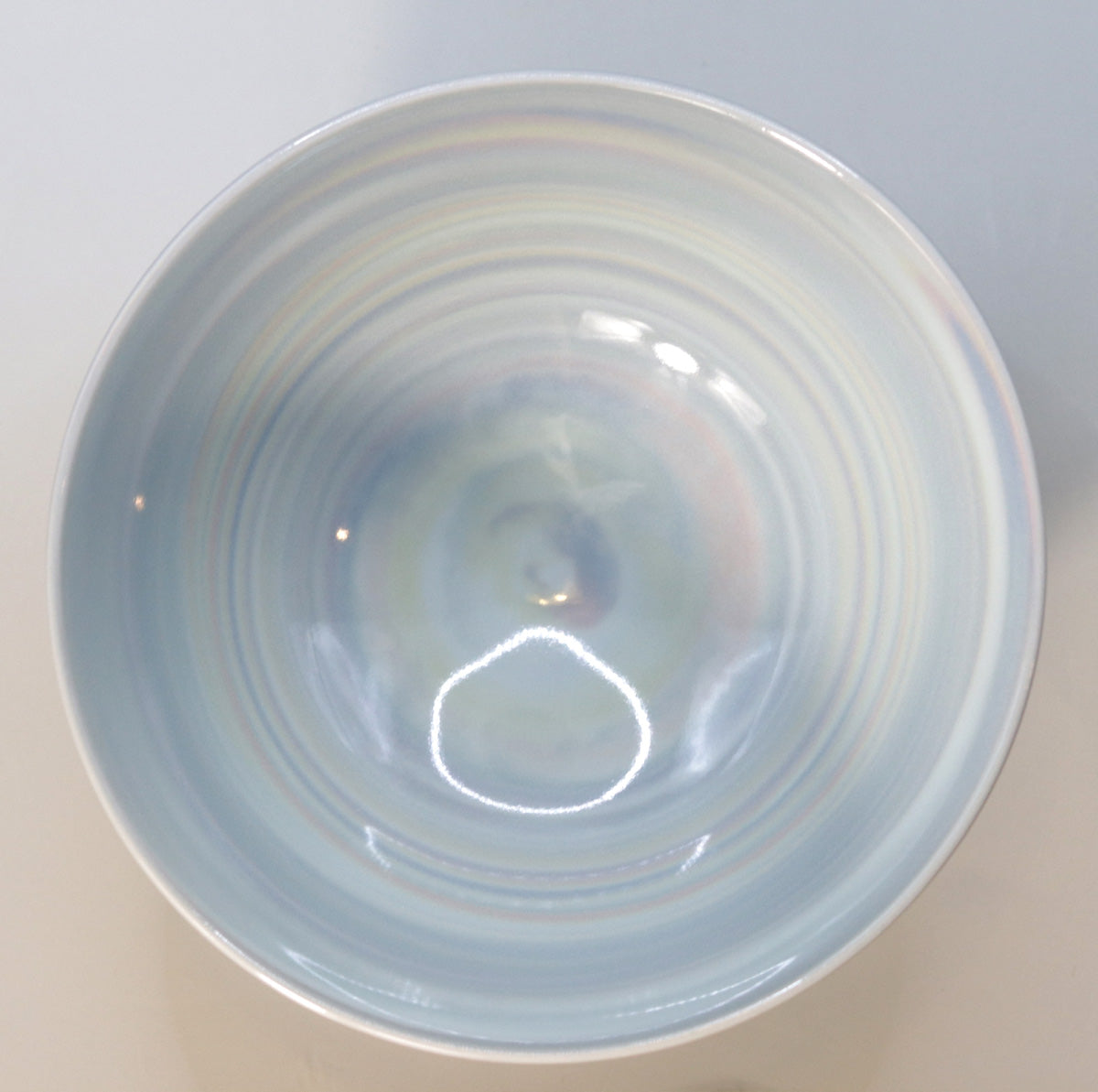
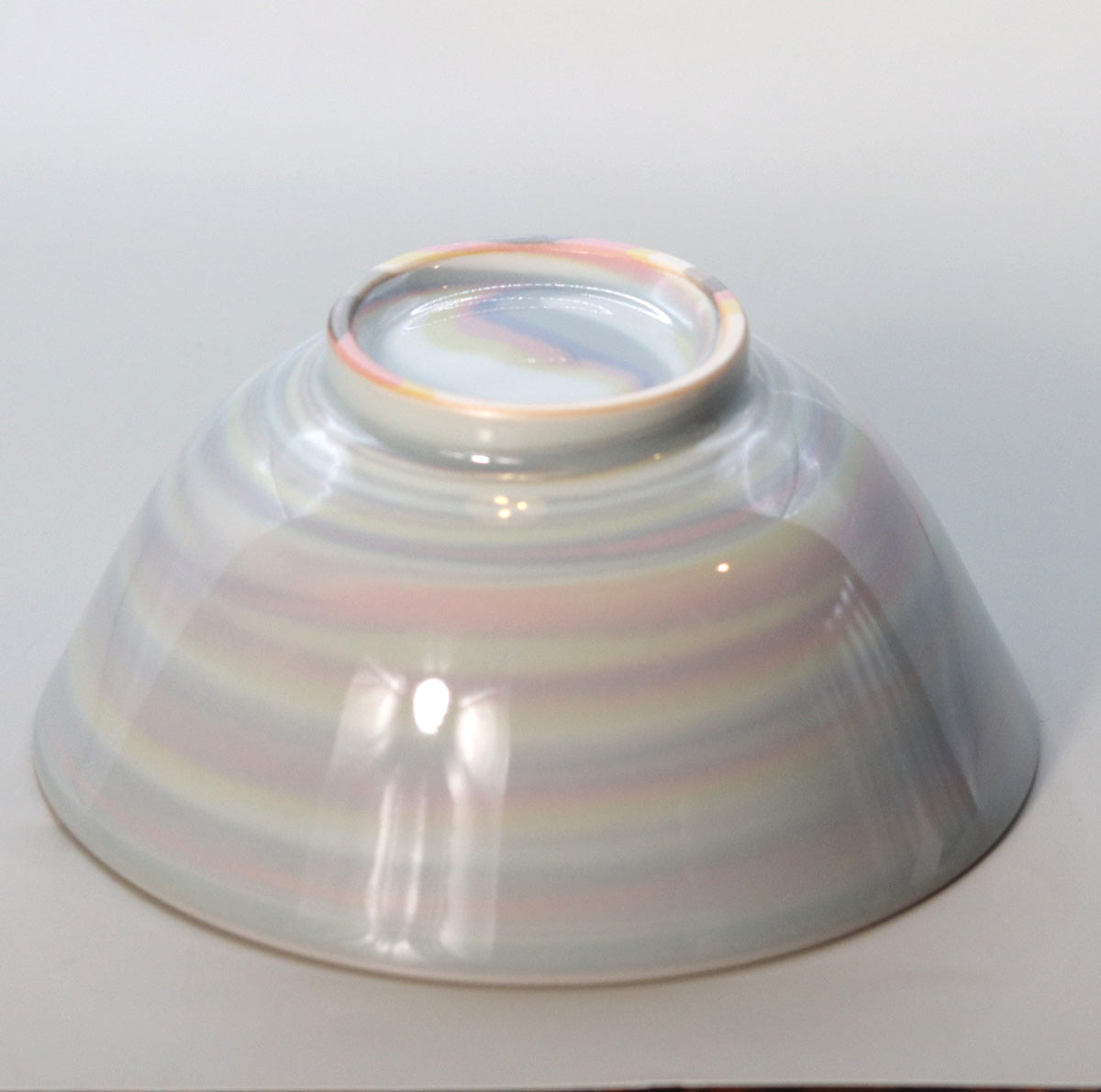
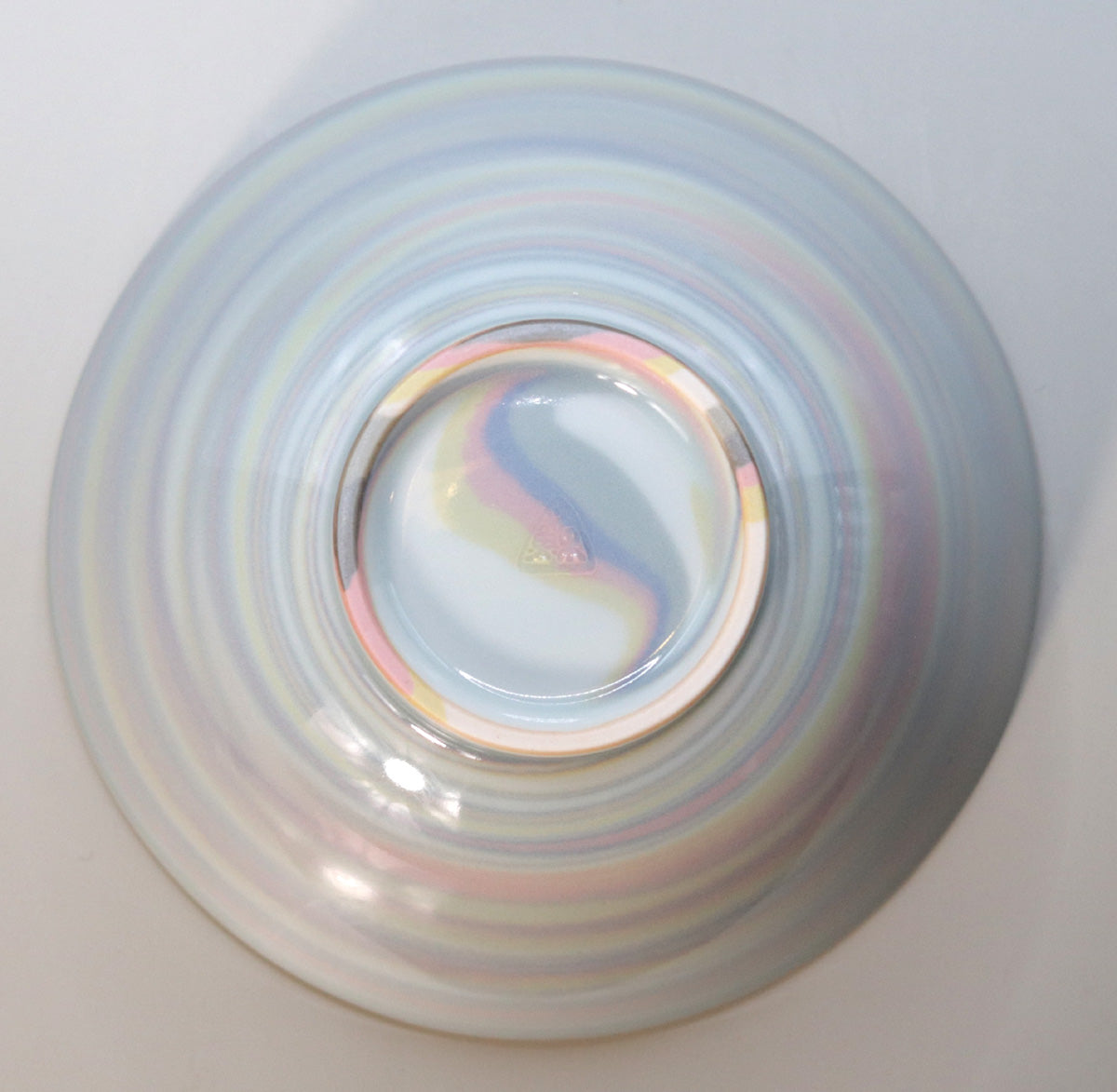
Multi-Column
-
[I will send it to you quickly and carefully]
We carefully package each product in a way that suits it best.
Also, delivery times vary depending on the piece (vessel, etc.).
Items that already come with a box will be shipped within 1-3 days of the order date.
For items that require a box to be made after your order, it will take approximately 30 days for production to be completed and then shipped.
In either case, once we have confirmed your order, we will contact you by email to inform you of the delivery date.
-
[Requests when purchasing pottery]
Even products that look the same may differ slightly in color, shape, size, etc.
The way the glaze is used, the power of the kiln, the firing method, the season, and the humidity also affect the appearance of the pottery.
Please understand the individuality of each piece of pottery and enjoy the unique warmth of handmade.








